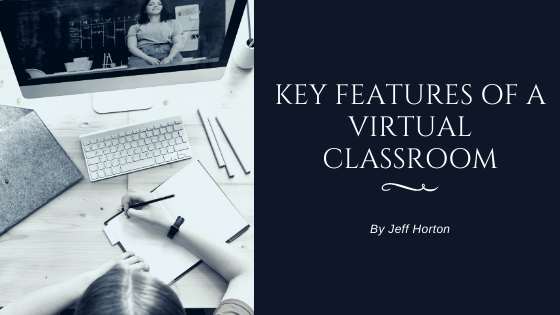With the coronavirus pandemic continuing to disrupt everyday life, education has had to shift for the safety of its students and staff. Earlier this year, educators and their students had to abruptly adopt a virtual approach to learning. Now, with more preparation and resources, the virtual classroom has become more commonplace. Here are some of the key features of a virtual classroom.
Distance Learning
Virtual learning is a mode of distance education to which students should adjust relatively easily as the result of their digital inclination and technological upbringing. The more significant problem, perhaps, is the need for students to adhere to scheduled lessons in virtual classrooms as they remain at home where distractions can deter them from learning. Another drawback is the fact that distance learning requires more self-motivation. Without the contact with peers that often ignites competition and satisfies the need humans have for approval from others for their knowledge and skills, students must assume the responsibility for their learning for its benefits alone. Motivation derives mainly from parents as they encourage their children in their education. In trying to keep their children on task, parents should engage with them, inquiring about what they have studied and what assignments they are completing.
Following a Schedule
Some products help to encourage children to adhere to a schedule such as colorful and enjoyable planners designed for managing their time. Consistency is vital because it establishes order, much as in the traditional school day. Adhering to a schedule similar to that of a normal school day makes for a familiar situation, and doing so maintains the routine to which students will return someday. Allowing for frequent breaks should also be part of the student’s practice as it replaces moving to other classes or changing the study of one subject to another.
Virtual Facilitation
With virtual learning, students can quickly ask questions and share ideas with facilitators. Also, they can feel comfortable doing so as they need not worry about how their peers will react to their input as it could happen in a regular classroom. Facilitators can provide coaching and feedback privately, and they can send their information later if it is not immediately needed so that instruction is not interrupted.
Virtual Classrooms Do Have Drawbacks
Even though students can acquire substantial knowledge by learning at home, there are drawbacks to virtual learning, such as technical problems, the absence of hands-on activities, and a significant lack of social interaction with others. There is also the expense of purchasing equipment and the sense of disconnection from one’s familiar and traditional environment. Still, in this current era, virtual classrooms are generally serving as productive alternatives to traditional modes of education, and further development will continue to improve such methods.
